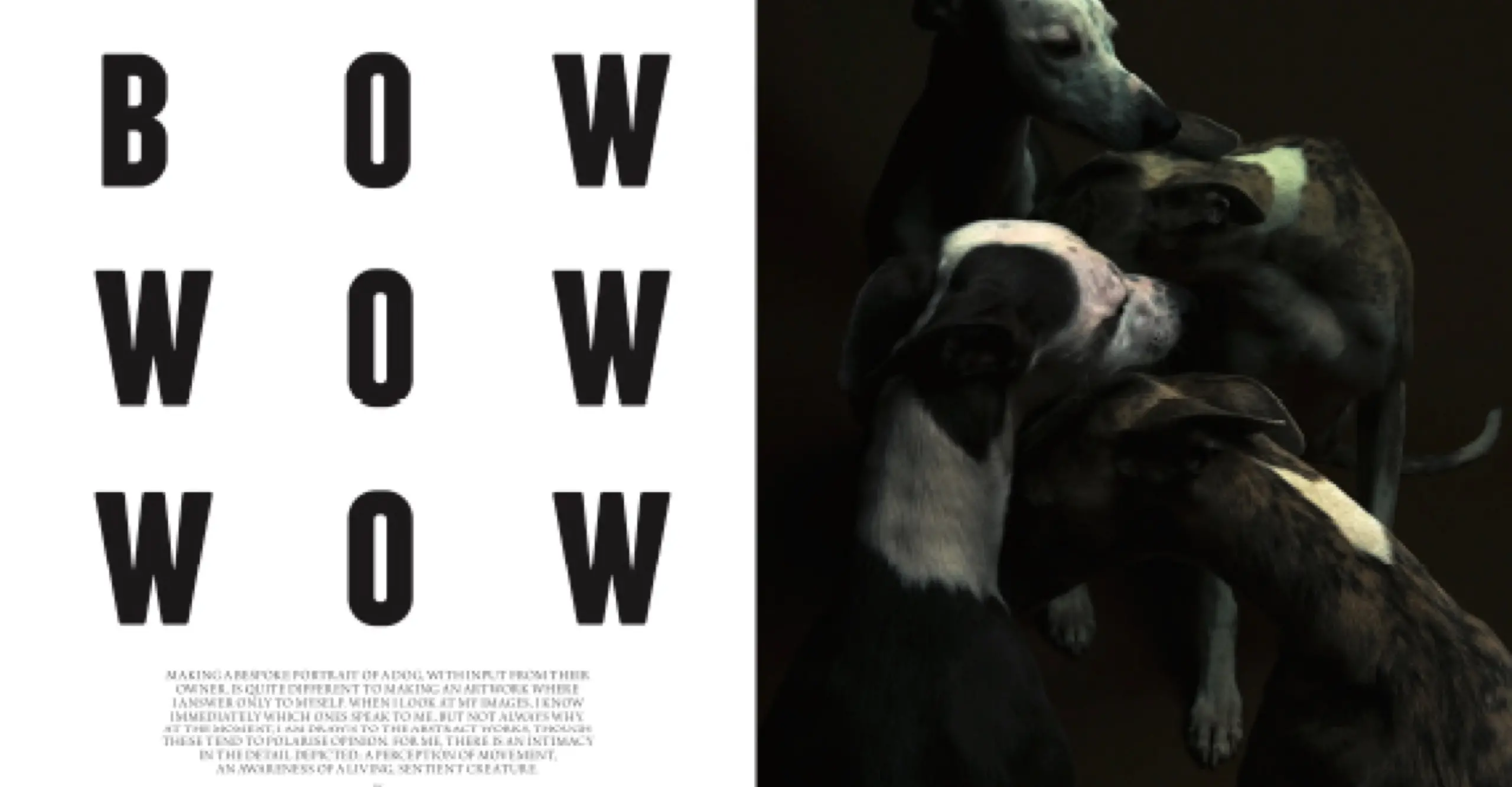This event coincided with TPG New Talent 2019 (14 June – 6 October 2019) which presented the work of eight artists/photographers.
Advice from Jo Longhurst:
- Be aware of your audience. Think carefully about who you are writing for, it can make a difference to the tone and content of your writing.
- Give it time. Even the simplest of texts will need revisiting and reworking.
- Less is more. Make sure all the words are needed and that the finished piece is not unnecessarily long.
- Don’t explain. Avoid the pitfall of explaining your work. There is a balance to strike between ensuring the viewer has enough information without dictating what they may see. Titles can help signal your intentions. I keep mine simple, open and suggestive, so they can be read on several levels.
- Keep a diary. As your work develops, a diary can be a great way to generate material that you can adapt or edit later for multiple uses.
- Face-to-face interviews: Another way to generate relevant and interesting writing is to respond to other people’s questions about your work. It also enables you to consider your work from different perspectives. Record the conversation and transcribe it later. Or try an email interview, which can give you more time to consider your responses.
- Remember who you are: Write from your own perspective, not that of a philosopher, scientist, psychoanalyst or curator. Don’t attempt to make grand claims for your work. Let others decide its relevance and meaning for themselves.
- There are no rules for artists’ writing. Enjoy yourself!
Advice from Julie Bonzon:
Writing exhibition proposals:
- include the basics of a resume, artist statement, exhibition proposal and, of course, a selection of 5-10 images maximum;
- carefully consider what you plan to achieve in this specific exhibition space;
- start with a strong sentence that communicates your idea;
- clearly describe your exhibition plan step by step: how will viewers experience your work from when they enter until they leave the exhibition? Be mindful of the space you’re working with and specify any unusual requirements
- when will your work be available – be flexible, some spaces plan two years and more in advance;
- state what educational elements could accompany the exhibition.
Making grant applications:
- include your proposal (goals & objectives); methodology, budget, evaluation strategy and a portfolio;
- read the application guidelines carefully – check that the criteria for application matches with what you plan to propose;
- begin with a ‘problem statement’, keep it simple and be specific about what you plan to do: problem – objectives – goals.
- provide evidence that your work is necessary – what is new or different about it?
- focus on the funder’s priorities;
- keep an eye on deadlines.
Writing on others’ work:
- look closely at the images – what catches your eye?
- make a list of key words related to the work;
- research factual information – who? what? when? where?
- read secondary literature;
- read interviews with the artist/photographer;
- build your own analysis.
Get feedback from friends and family on your writing.
---
Jo Longhurst is internationally recognised for her explorations of cultural notions of perfection and traditions of photographic practice through photography, video, performance and installation. Her work often involves long-term collaborations with groups of dedicated individuals who are passionate about what they do.
Julie Bonzon has written for numerous publications including The Eye of Photography magazine, the catalogue of the 10th Bamako Biennale Telling Time, and Nataal magazine. She is a photography historian reading for an AHRC-funded PhD in History of Art at University College London.
